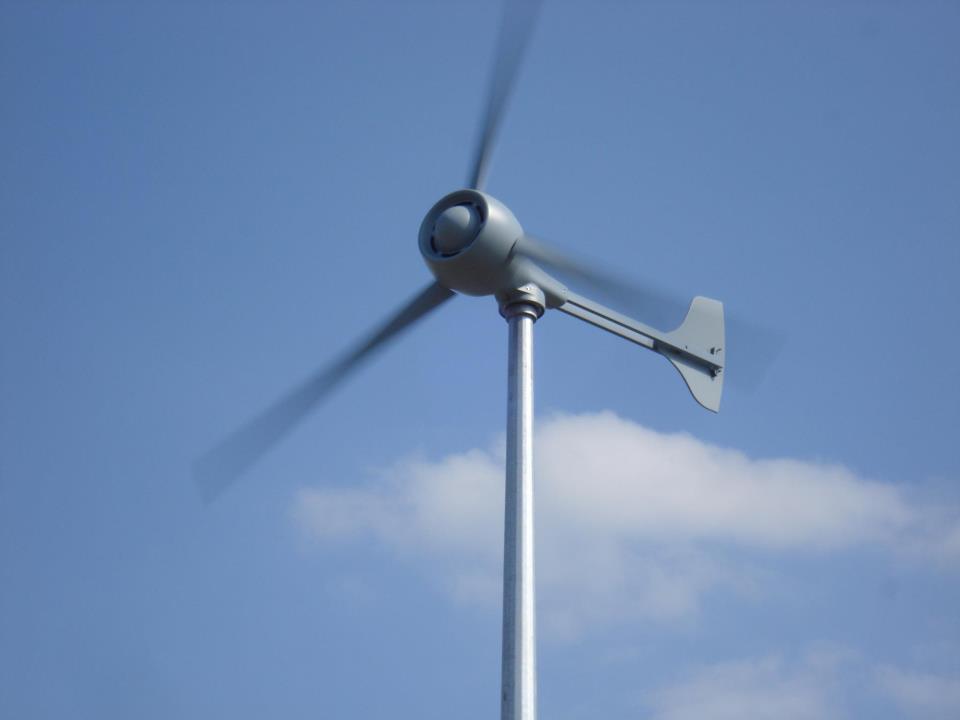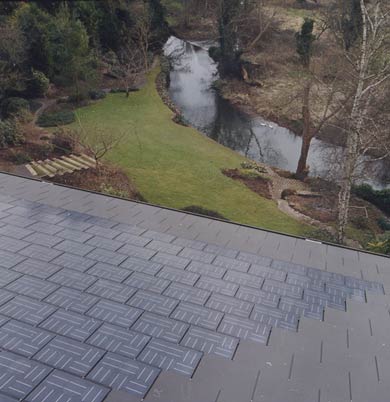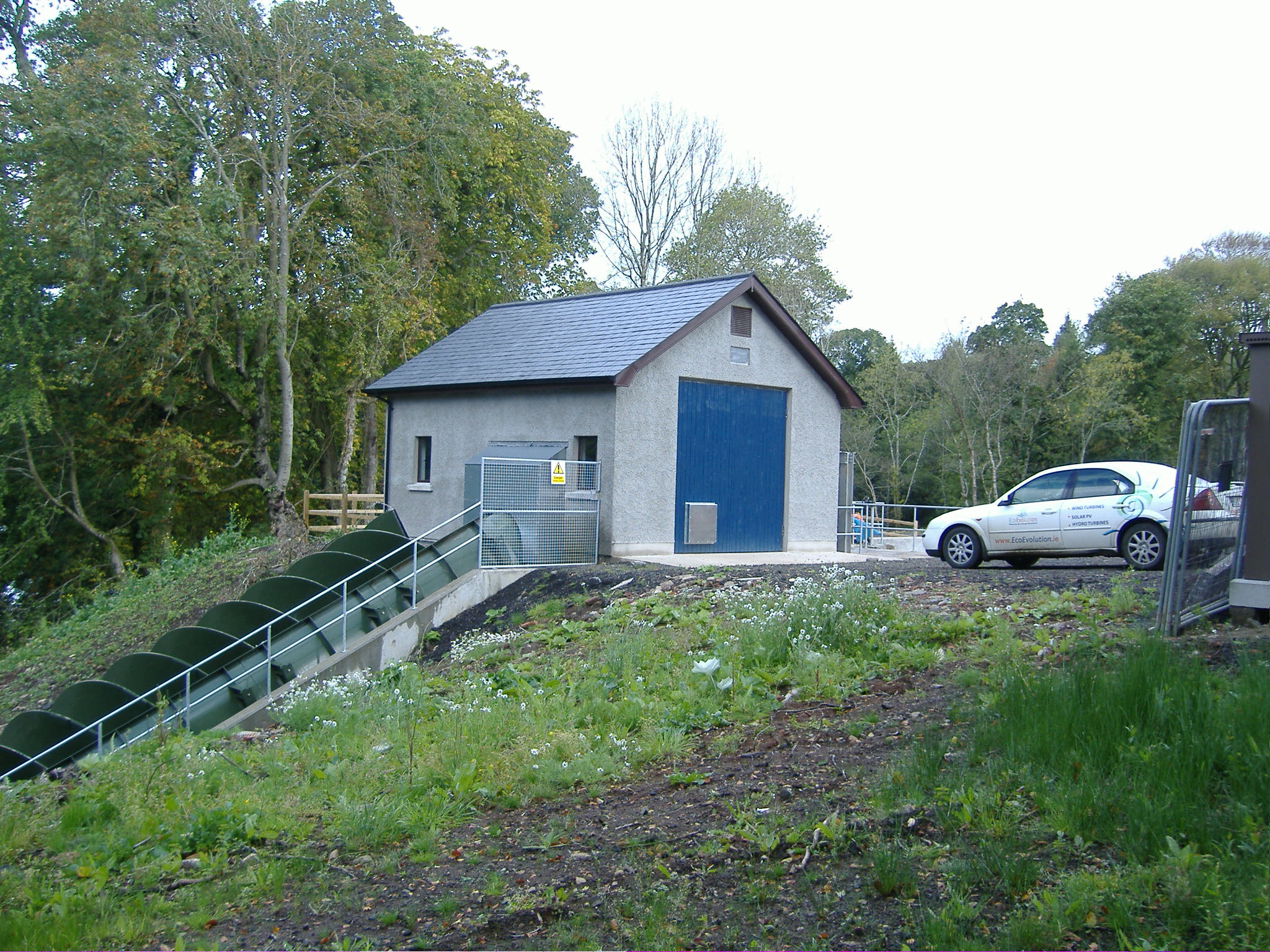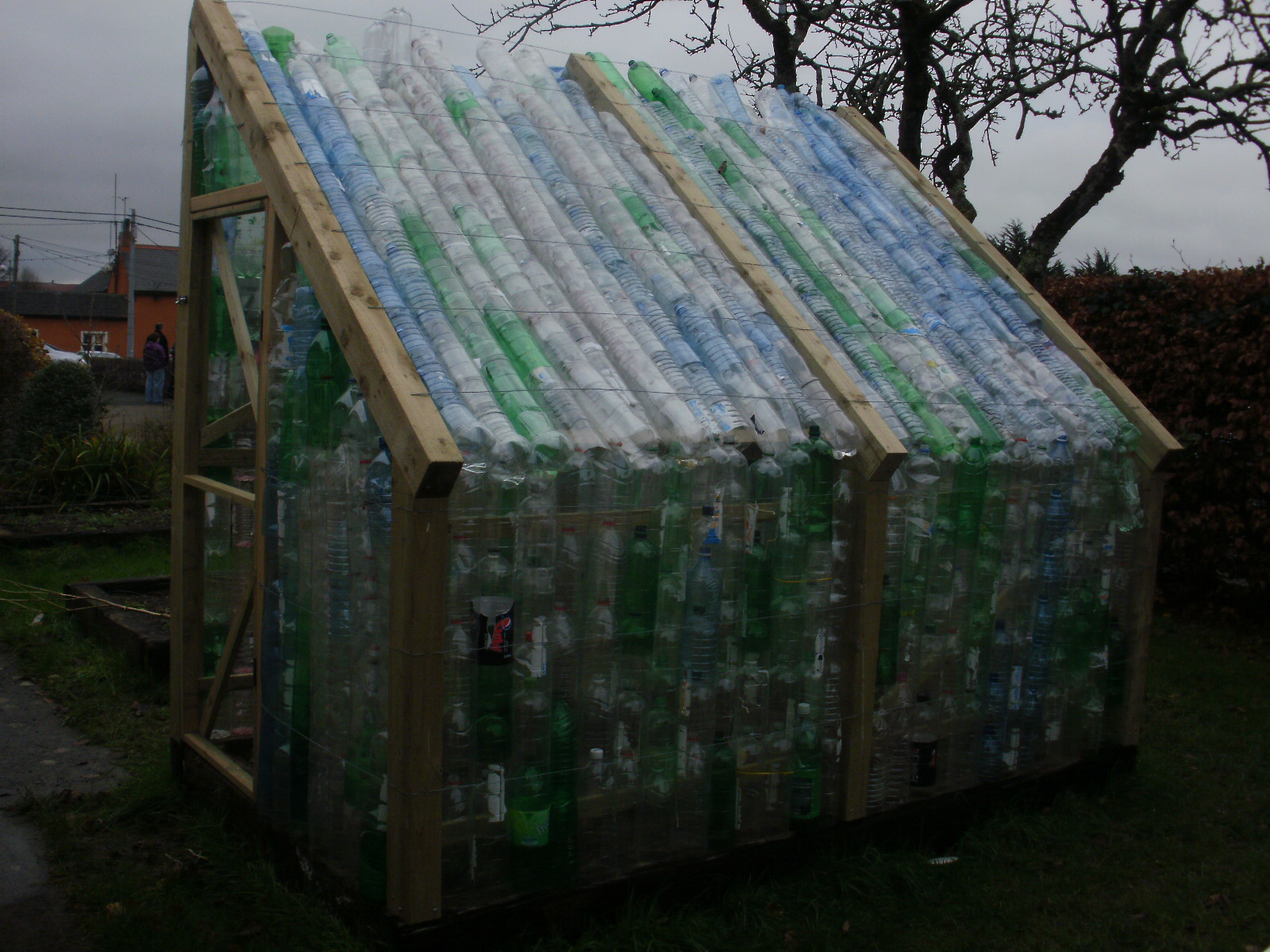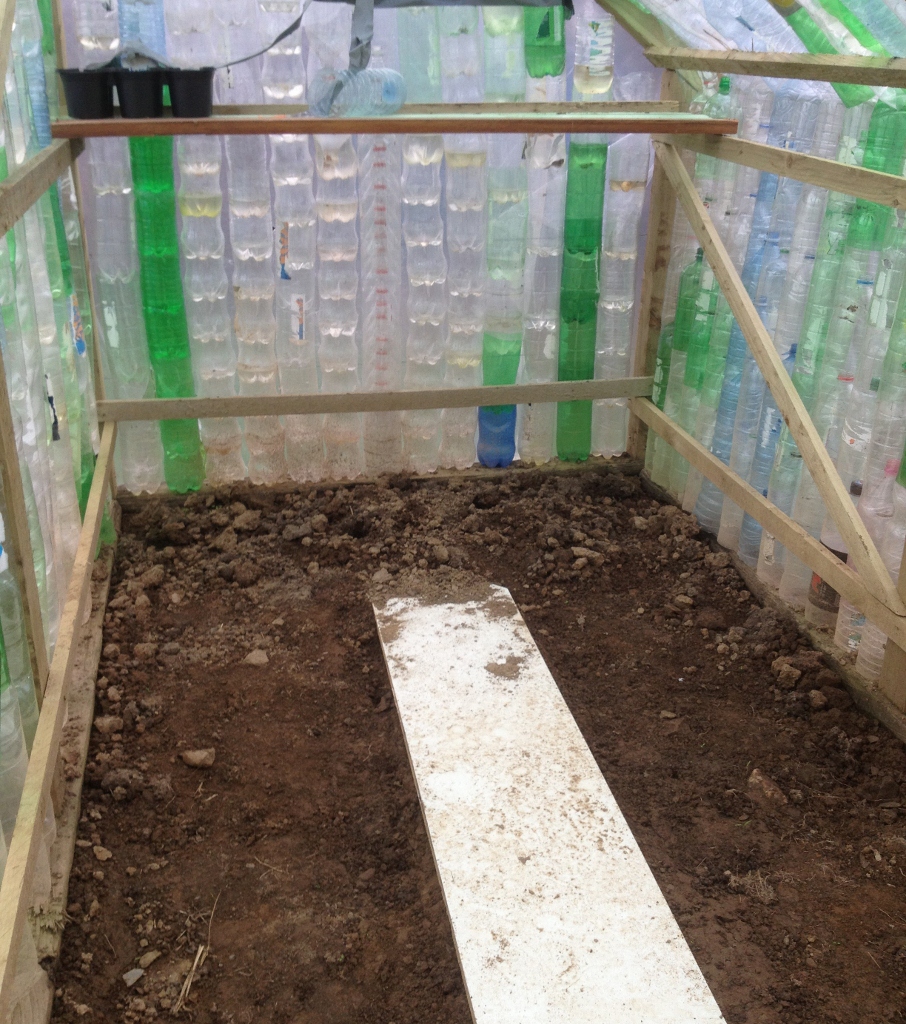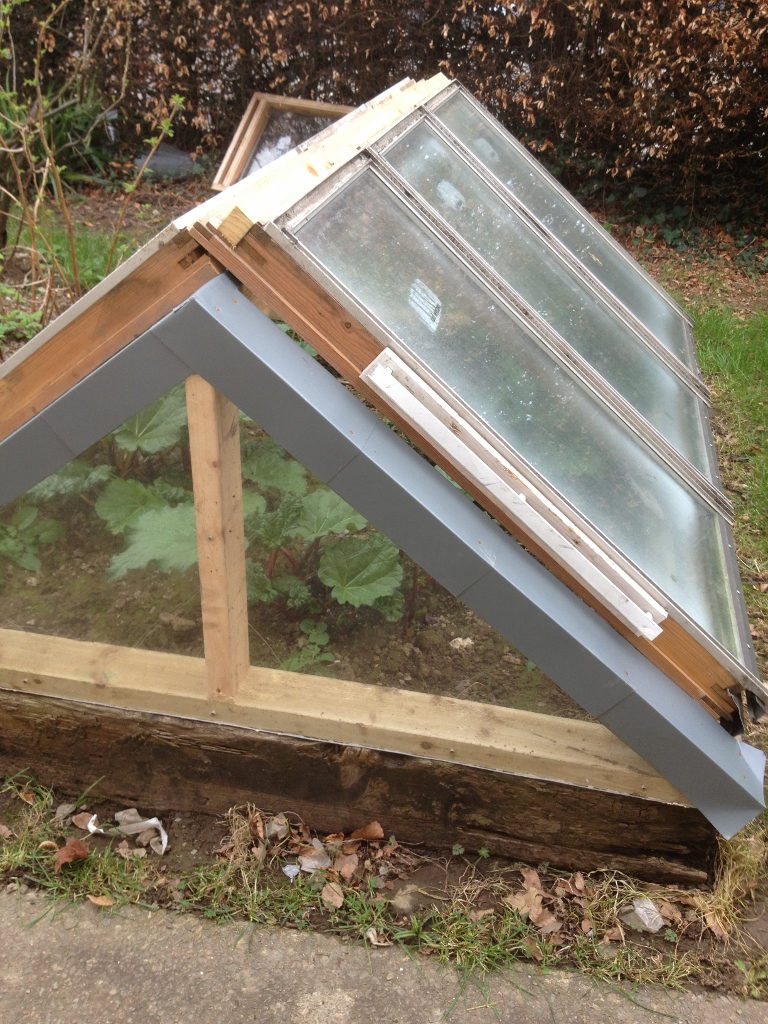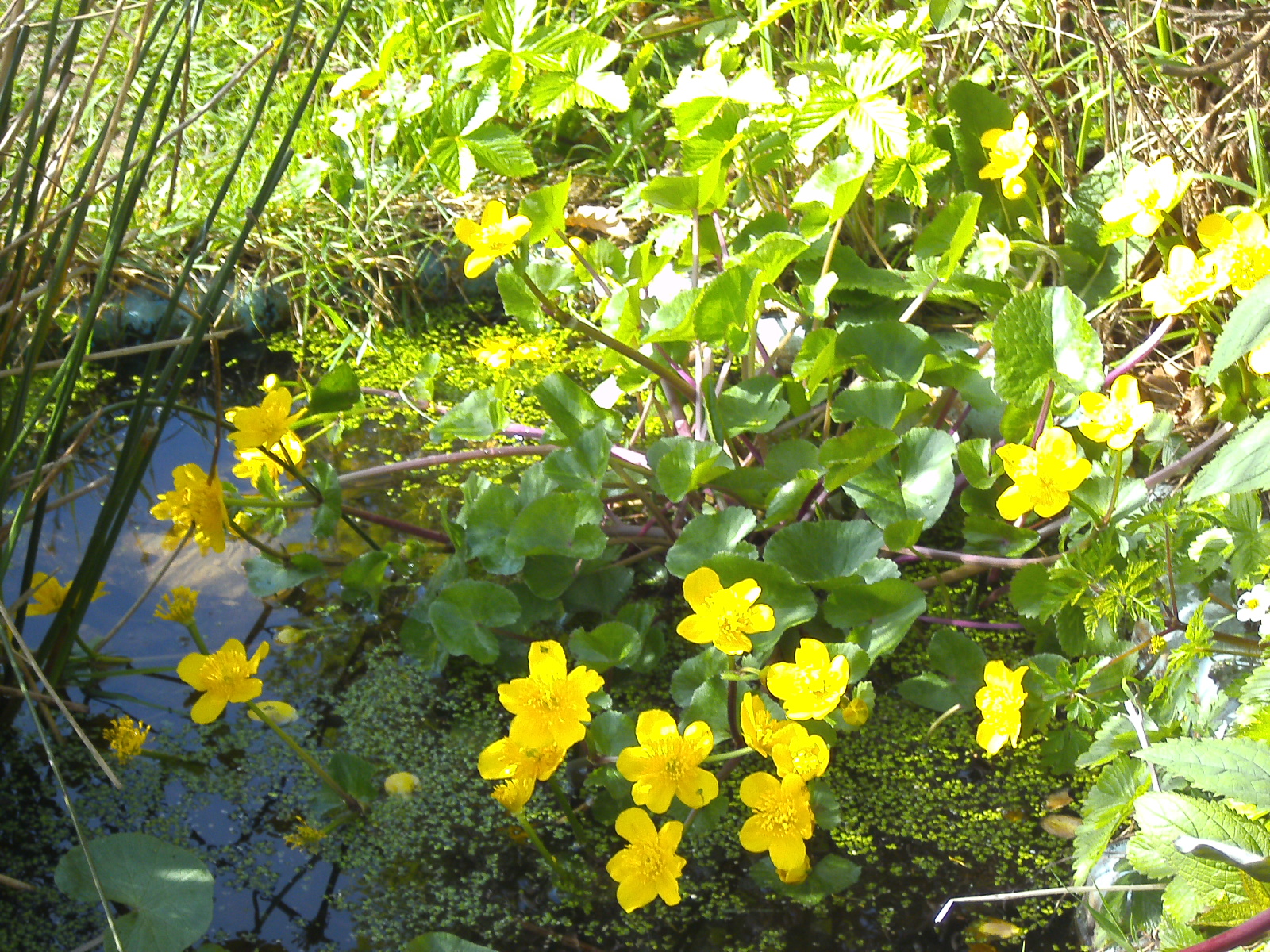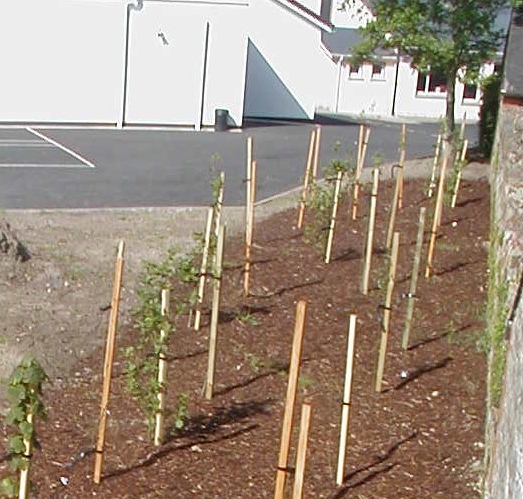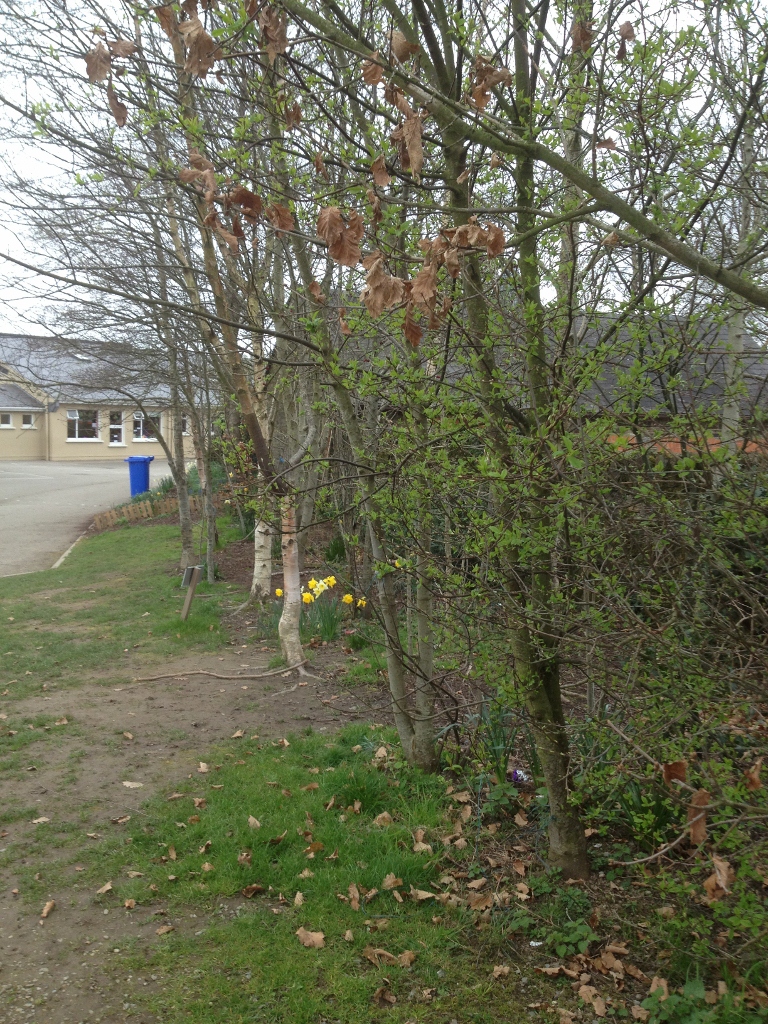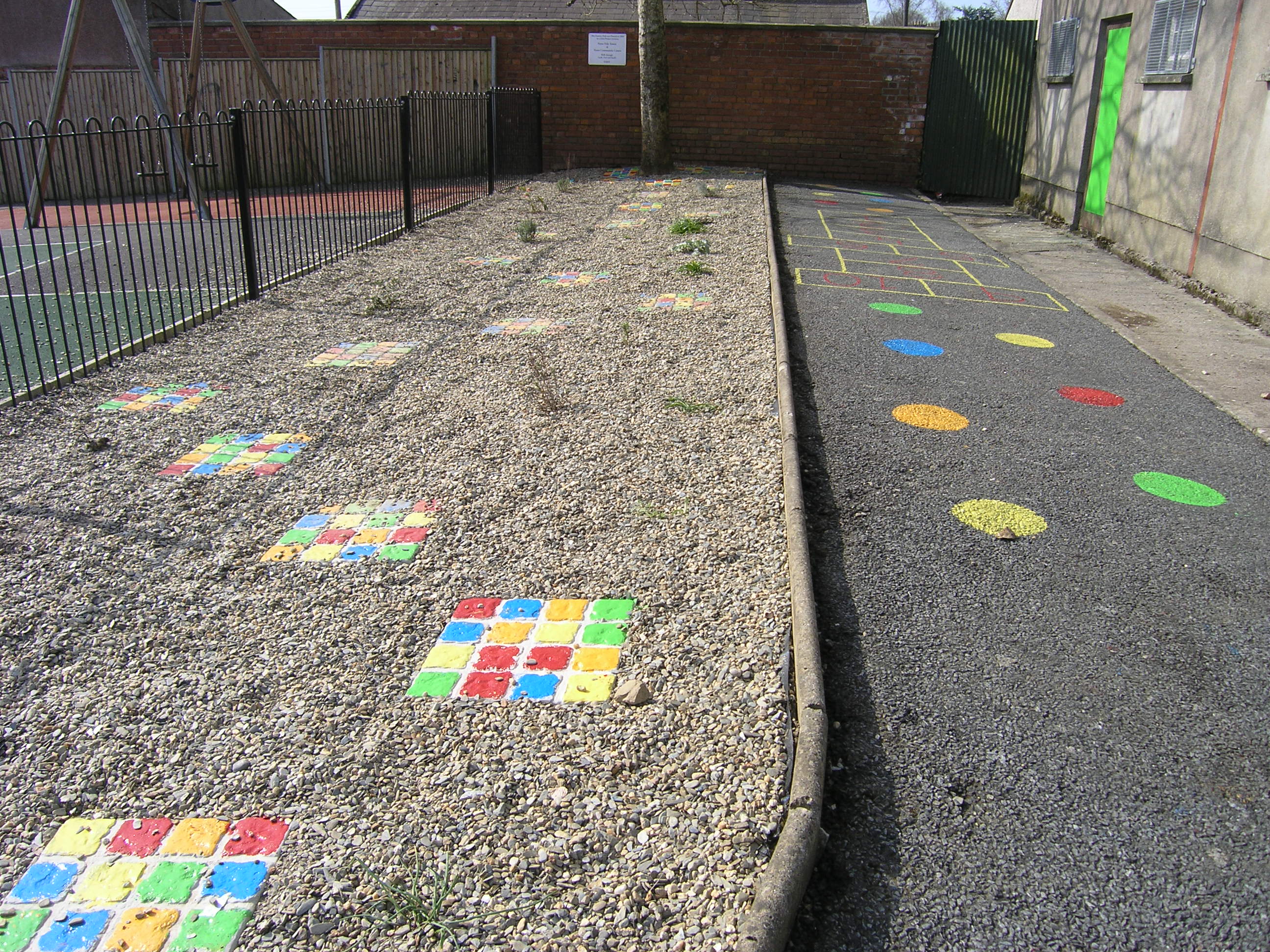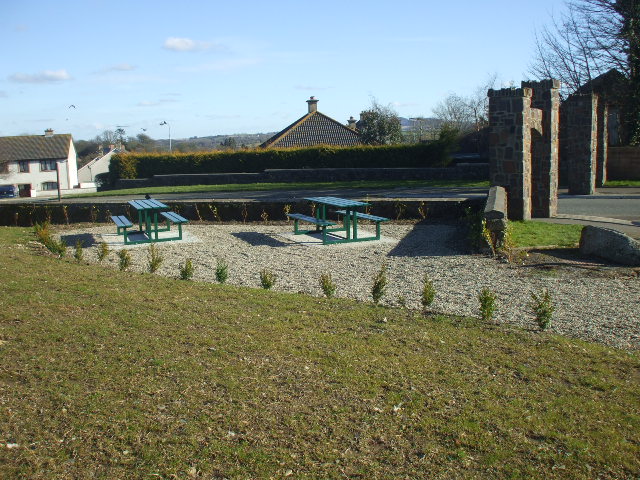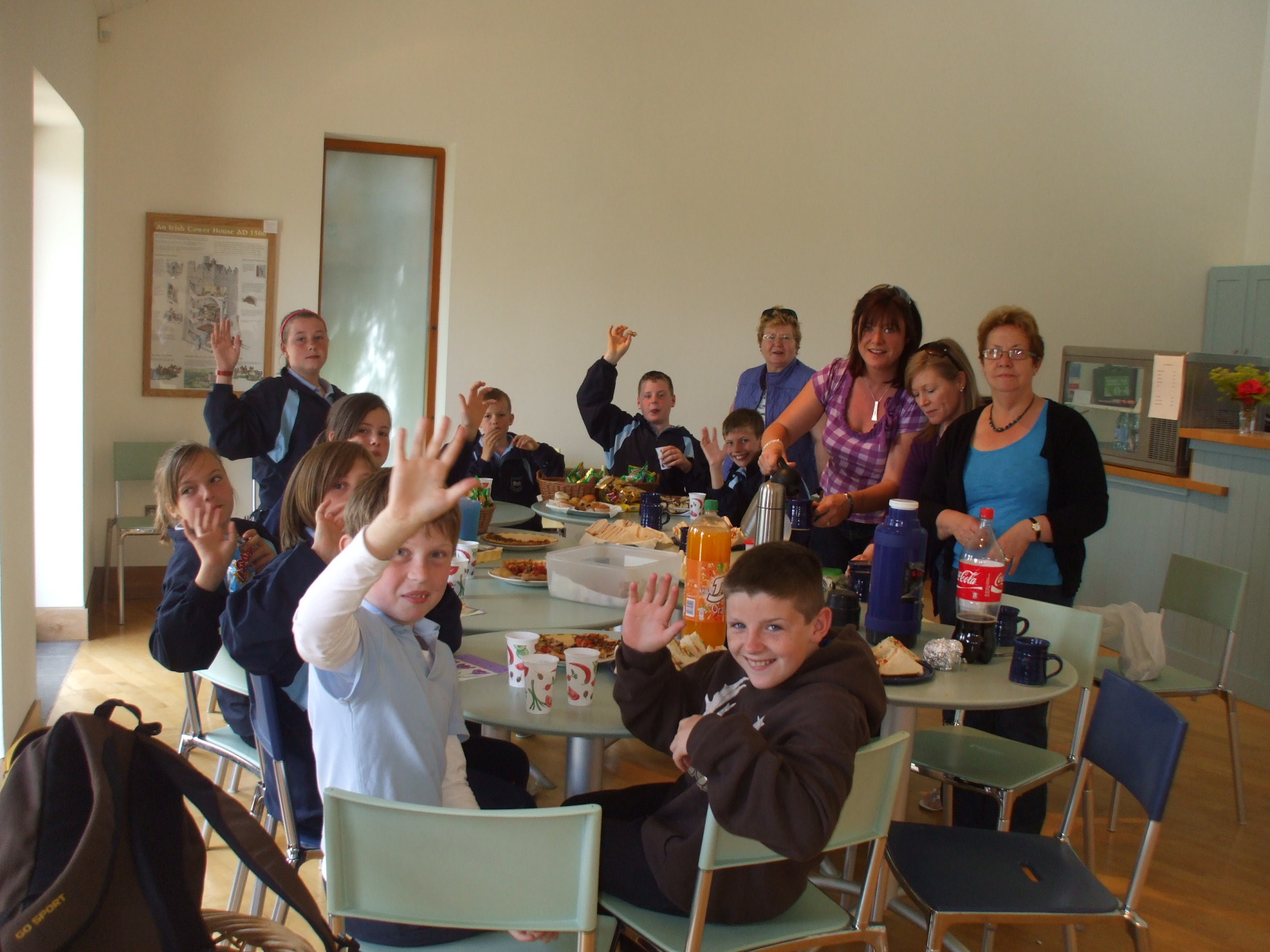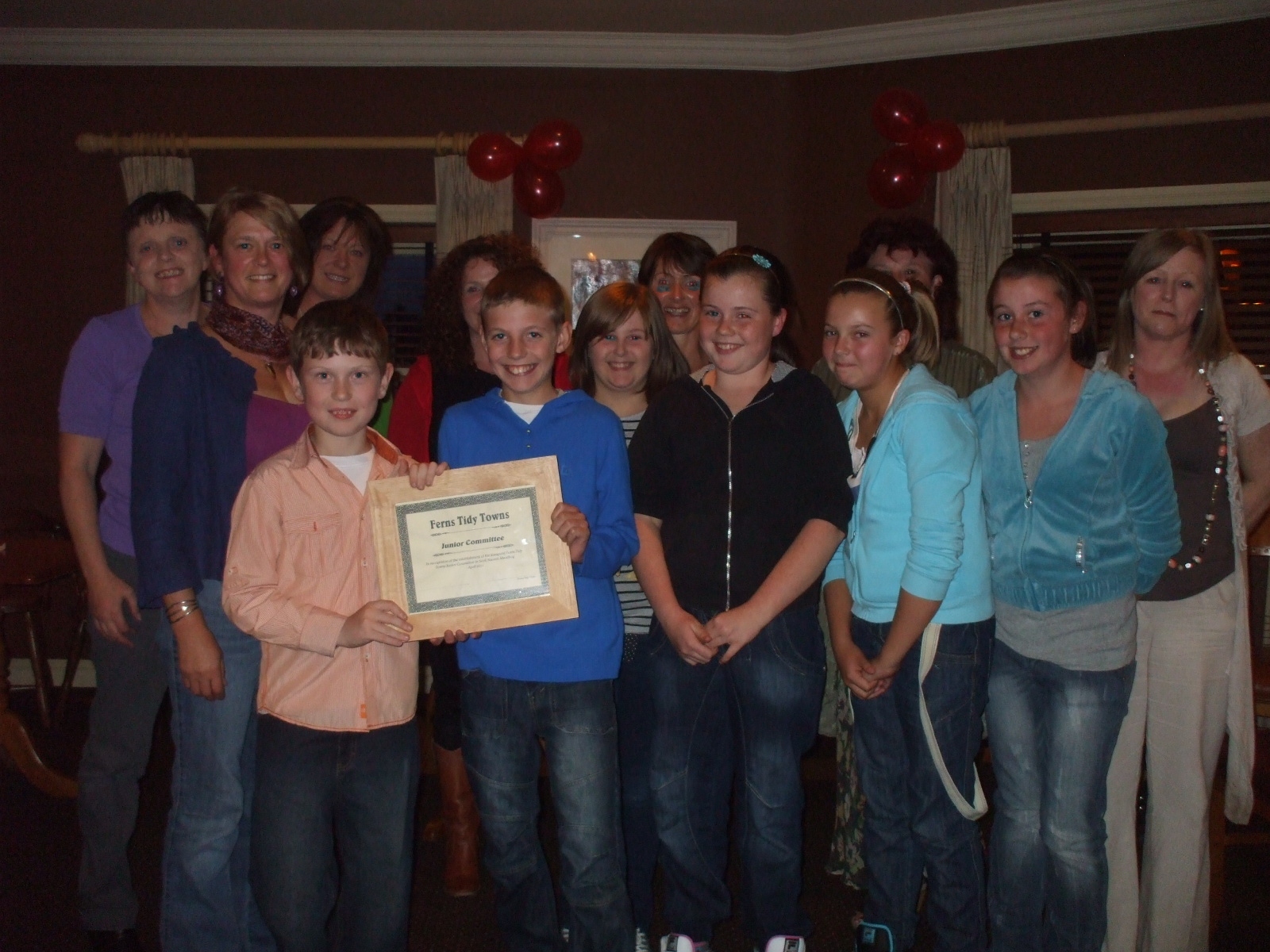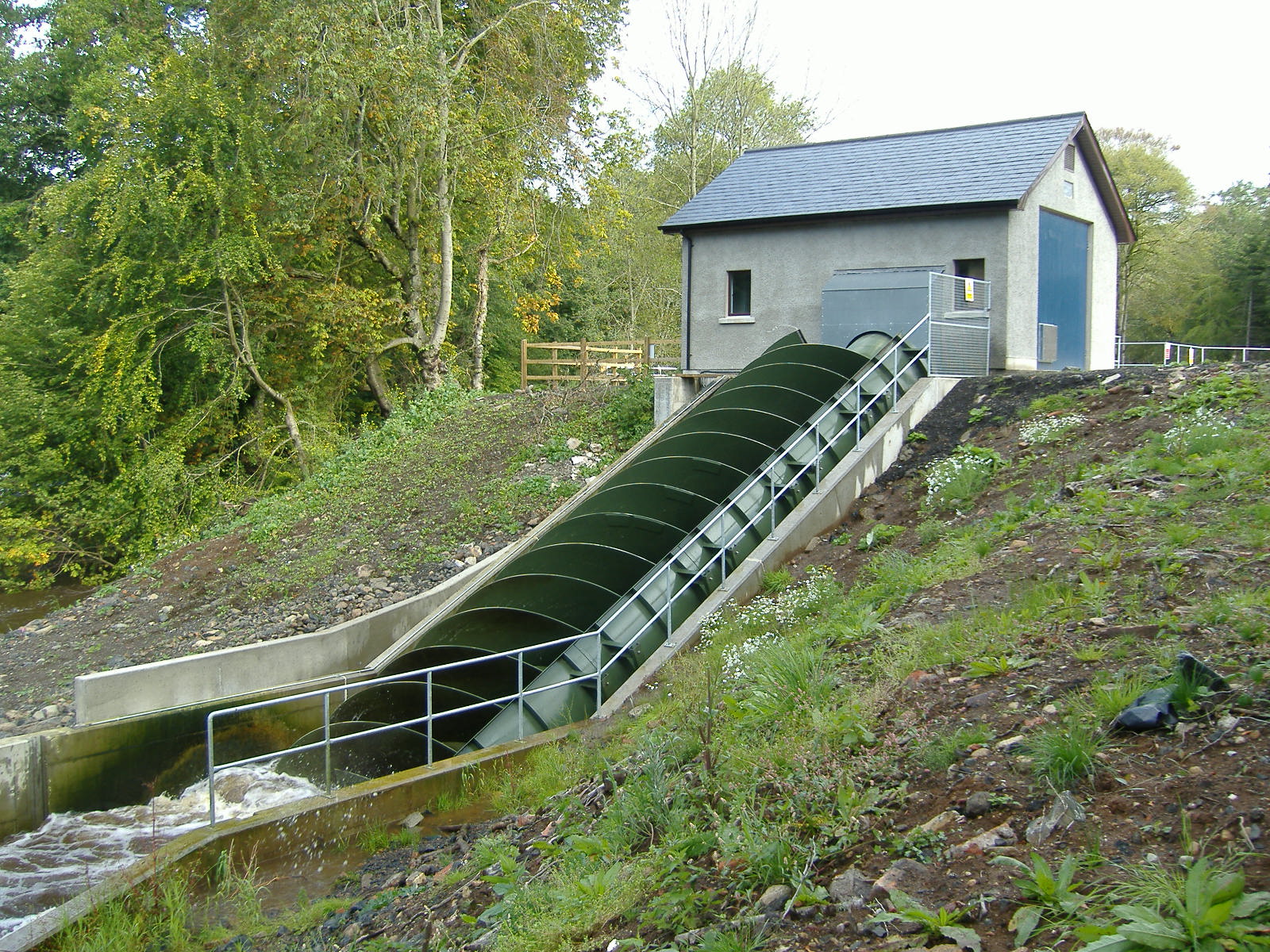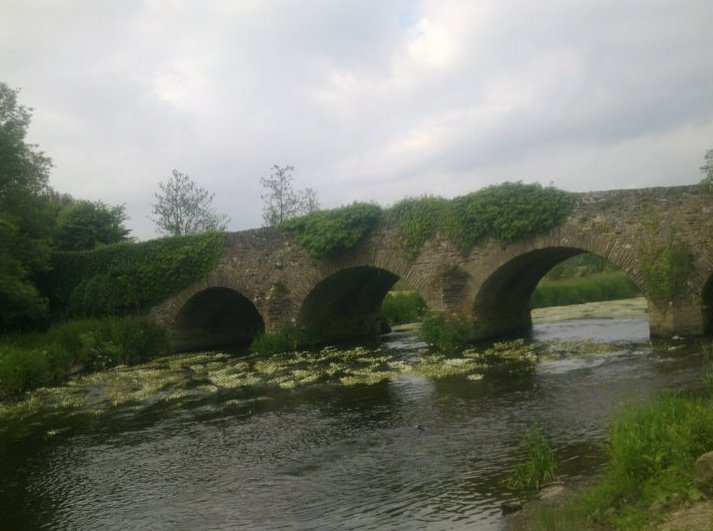Global Wind Day 2012!
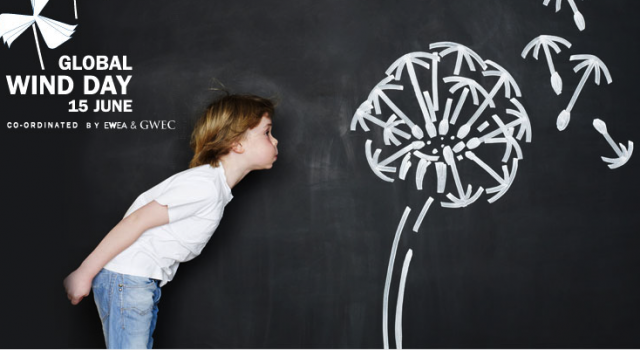
Global Wind Day is a worldwide event that occurs annually on 15 June. It is a day for discovering wind, its power and the possibilities it holds to change our world.
It is also a day for discovery of the work that has already begun by pioneers around the world. In more than 75 countries around the world, wind farms are in operation, generating energy from a clean and renewable source.
Thousands of individuals are involved in the production of energy from the wind, but for many people, wind energy is a mystery. Global Wind Day is the day when you can visit wind farms, meet experts, attend events and find out everything you want to know about wind energy.
The European Wind Energy Association (EWEA ) and the Global Wind Energy Council (GWEC ) coordinate the Global Wind Day through a network of partners. The day started as a European one in 2007 and went Global in 2009. On 15 June, thousands of public events are organised all over the world.
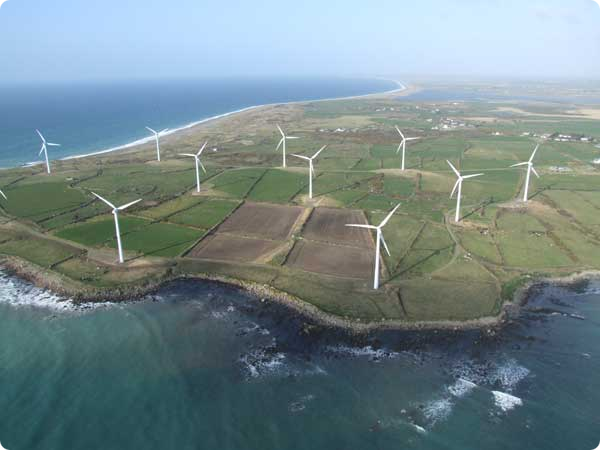
How it all began:
The Wind Day was first held in 2007, as the European Wind Day organised by the European Wind Energy Association (EWEA). The main idea was to connect a network of partners as well as using centralised communication tools, press releases and distribution of gadgets and coordinate of event organised by national wind energy associations and companies active in the wind energy field. The Wind Day in 2007 reached 18 countries, with a participation of around 35,000 people. By 2008, the event’s reach extended to 20 European countries and attracted 100,000 people.
In 2009, EWEA joined forces with the Global Wind Energy Council (GWEC) and extended the reach from European associations and companies to coordinate Wind Day events across the globe. That year, the 300 events in 35 countries across the globe reached up to 1,000,000 people.
In 2010 and 2011, between 220 and 230 events took place in around 30 countries. Since 2009, Global Wind Day has reached more than 1,000,000 people plus the thousands of people engaging and supporting the event through online means such as social media.
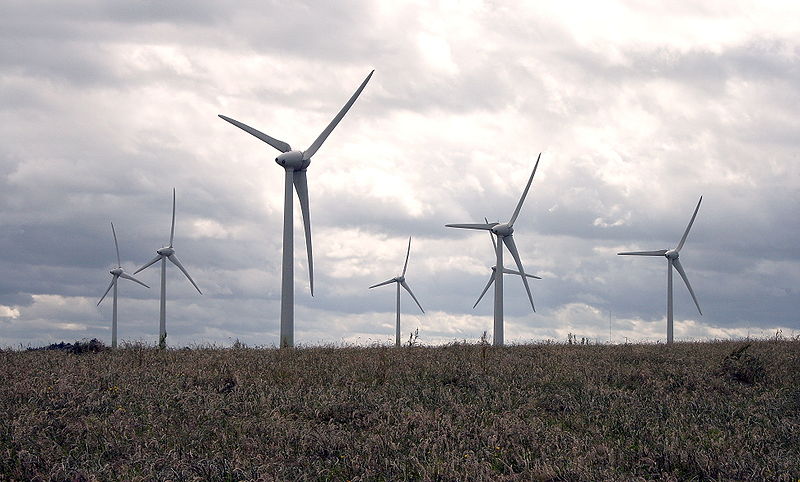
Global Wind Day sends the message across the world that wind energy is a key solution to the looming energy crisis – our over dependency on imported and finite fossil fuels – and the climate change crisis, and that it is already working. It helps people realise that wind energy is a popular and mainstream power technology.
Check out the Events map to find out about events near you.
Events organised around Ireland – Irish Wind Energy Association (IWEA)
















